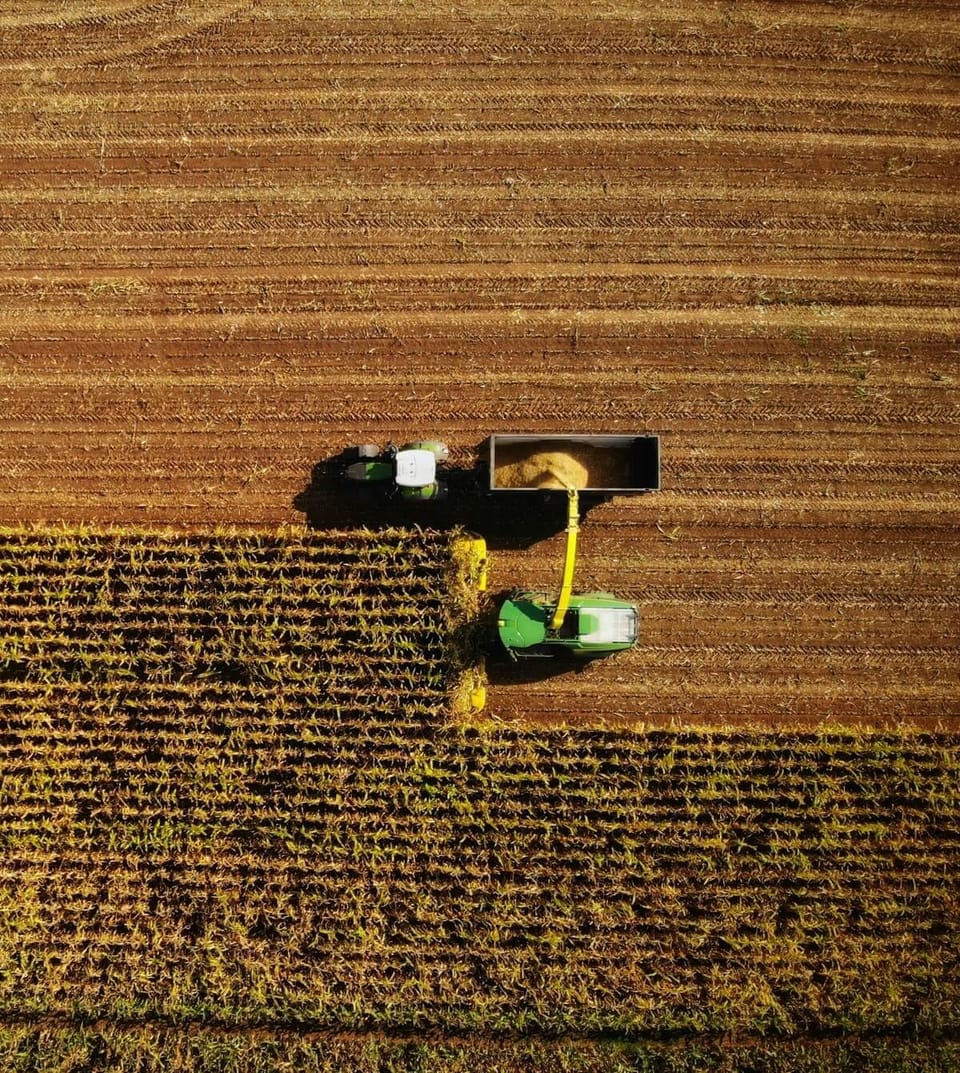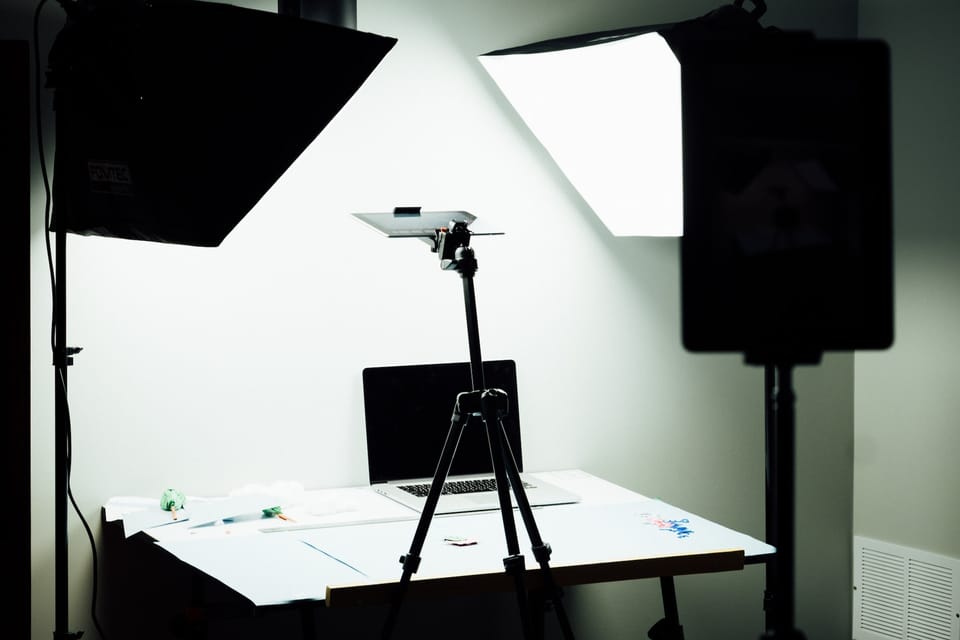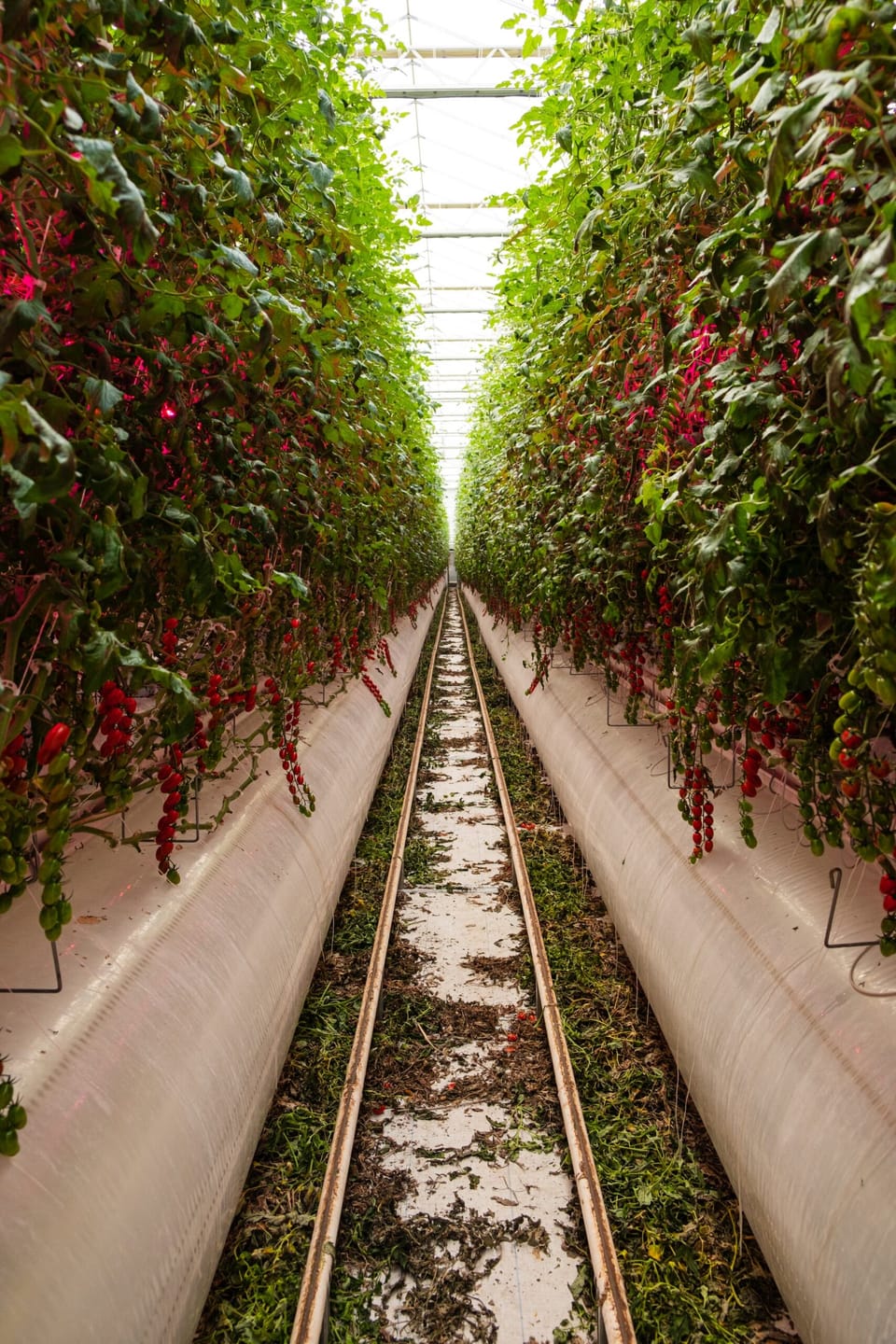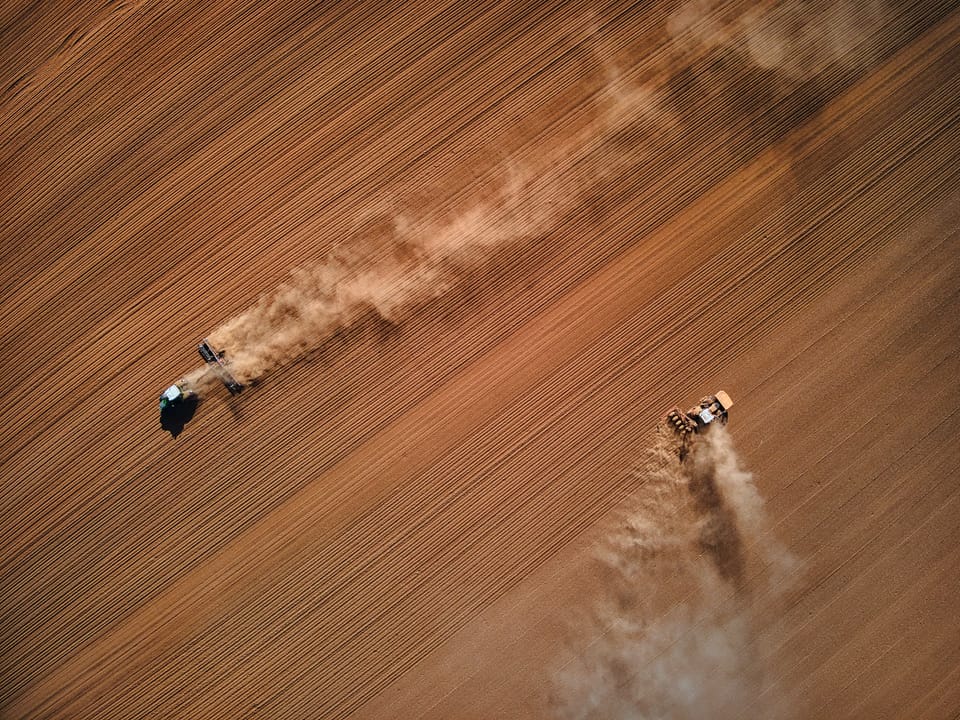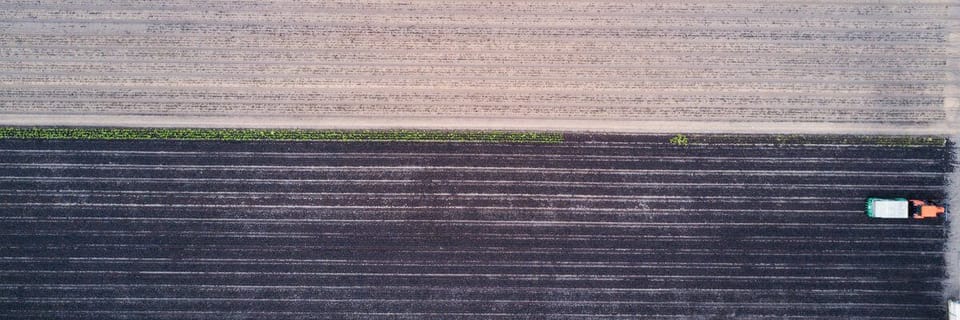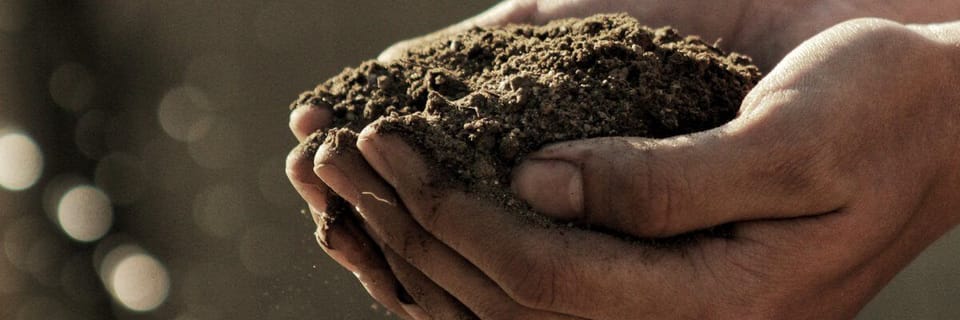Philipp Aduatz Creates 3D-Printed Concrete Furniture and Vases
Philipp Aduatz’s latest creations blur the line between technology and art. Using 3D-printed concrete, he crafts sleek, futuristic furniture and vases that redefine industrial aesthetics.
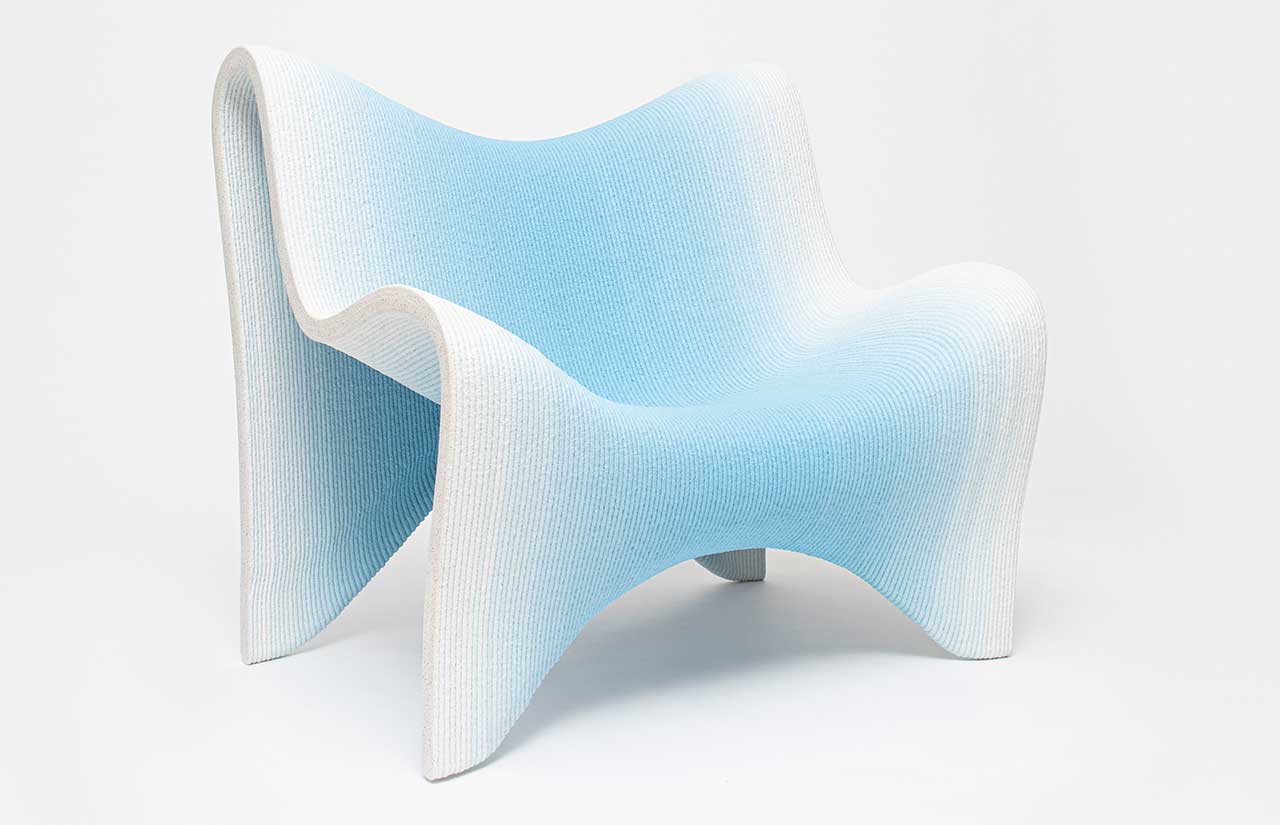
3D concrete printing is a relatively new fabrication technology but one that has a lot of promise. Not only can you print large and complex structures, you can do it in a short amount of time with less waste than traditional methods since the mold production is eliminated from the process. The objects created from 3D concrete printing can also be dyed during the printing process, which led designer Philipp Aduatz to create a collection of gradient benches, a chair and a large vase in collaboration with Austrian manufacturer incremental3D.
Dying the concrete directly from the nozzle reduces workload, waste and time delay so there is a compelling ecological and economic reason for 3D concrete printing. Since concrete has very little tensile strength, the pieces from the collection are reinforced with steel which is integrated into the design.
Aduatz was inspired to specifically use gradient colorways. He shares:
For many years, I have been obsessed by the concept of a gradient which reflects elegance and harmony to me. I believe that the gradient is, in regards to the perception of the environment and its digital reflection, a fundamental design principle. It has a mathematical aesthetic and precision that I have always been admiring. With this project I want to combine the design of the gradient with different functional objects by the use of innovative fabrication technologies.

